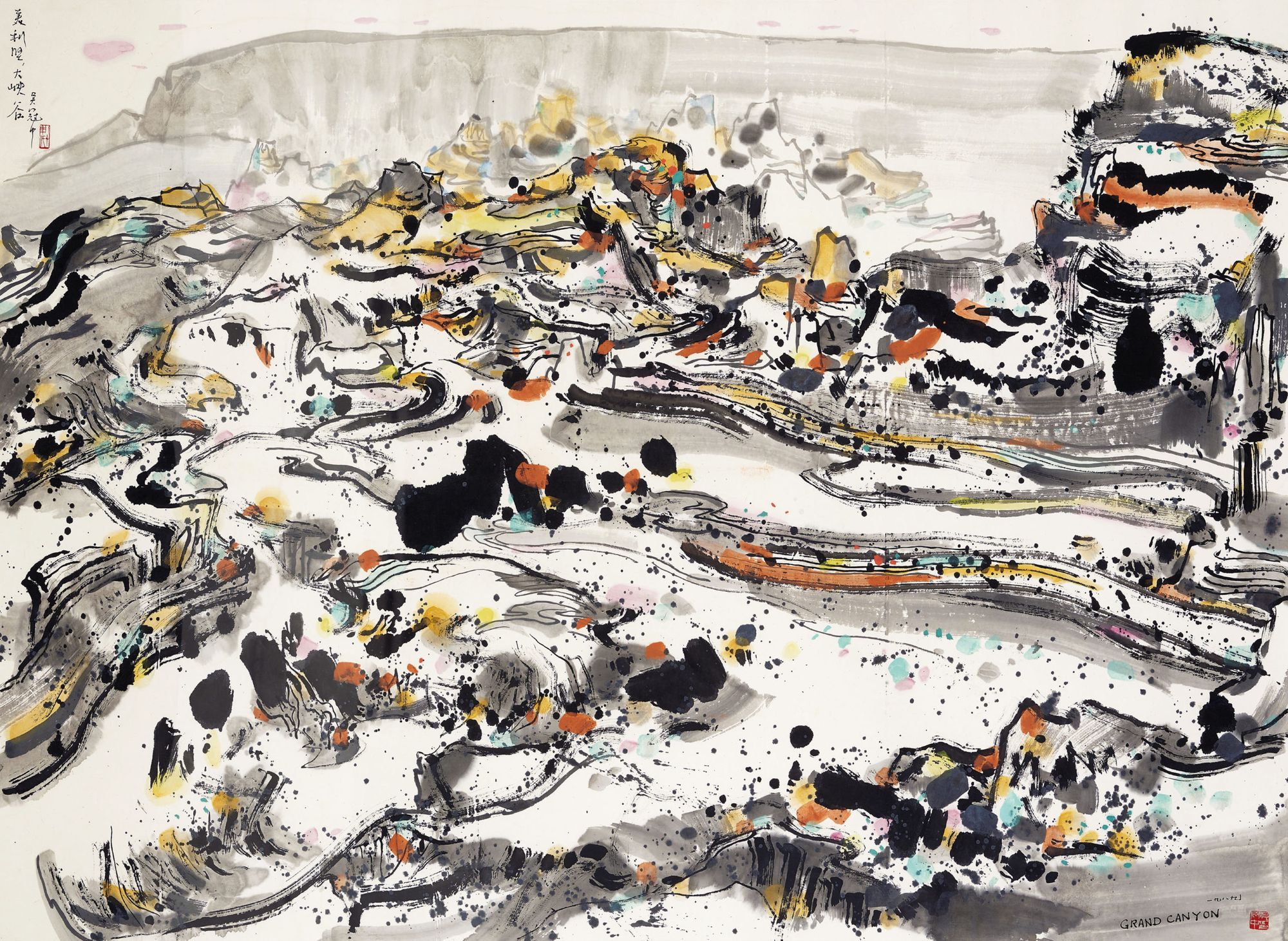Climate change: a problem of organized complexity

Problems of organized complexity
The case for a simple pattern
Concluding her famous ode to cities in 1961, Jane Jacobs writes, “Cities happen to be problems of organized complexity.” From sidewalks of access to sidewalks of place, cities deal “simultaneously with a sizable number of factors which are interrelated into an organic whole.”
As an ethnographer of cities, Jacobs called our attention to the importance of the urban environment in moving societies forward. “Vital cities have marvelous innate abilities for understanding, communicating, contriving, and inventing what is required to combat their difficulties,” she wrote. It is this ability that we need today, to tackle our global problem of fast-paced Climate Change.
Climate Change, with its tentacles in a variety of environmental systems, societal incentives, and intangible timeframes, is one messy problem of complexity. By framing Climate Change as a problem of organized complexity, we can focus our work on simple patterns for ultimate outsized impact.
When she wrote about organized complexity, Jane Jacobs was citing Warren Weaver– a mathematician, science administrator, and Alice in Wonderland aficionado.
Weaver first wrote about organized complexity in a 1948 American Scientist article titled “Science and Complexity.” His key point: that a focus on “organized” complexity, the grey area between simple problems of limited variables and disorganized problems (those that can be solved with statistics) can generate the most opportunity. This insight came from his years working in science development. A teacher and communicator, Weaver was one of the patrons of U.S. science during and in the years following WWII. His directive leading the Natural Sciences Division at the Rockefeller Foundation, for example, was to “support the well-being of mankind throughout the world.”
Warren Weaver’s concept of organized complexity went on to influence several voices in the systems and cities world; Jacobs was not alone. Herbert Simon, a systems thinker (among many other specialties such as economics Nobel Laureate and AI grandfather), cites Weaver’s American Scientist piece as a key influence to his essay, “The Architecture of Complexity.” One of Herbert Simon’s key concepts was that of “hierarchic” systems. His main premise? That complex systems are really just a compilation of nested subsystems evolving from simple patterns. Or, in his words, “We could expect complex systems to be hierarchies in a world in which complexity had to evolve from simplicity.”
For Herbert Simon, “How complex or simple a structure is depends critically upon the way in which we describe it.” To find the right representation Simon proposed the following: take a state description (the world as sensed) and substitute it with a process description (the world as acted upon). The correlation between state and process descriptions can be seen across system types. For example, it’s clear that Simon’s ideas exhibit themselves not just in science, but also in societal organization. Reframing wholes as repeating patterns of subsystems is critical to org structure, problem solving, and decision making– all necessary activities in the Climate Change effort.
To solve vast complex problems we need to find and address the simple patterns that lead to their growth. If Climate Change is a problem of organized complexity, and complex systems can be viewed as compilations of nested subsystems, then we want to uncover the subsystems and re-stabilize them to meet our goal. So, what patterns have led to our undesired climate impacts? Split incentives? Cost calculations favoring centralized solutions that no longer hold true with today’s technologies? Long held assumptions about how people work? To re-orient these patterns for ongoing progress without climactic shift, let’s follow Herbert Simon’s advice. Take the state description, and substitute it with a process description. What clues may we find?
Even though their voices are over 50 years old, Jacobs, Weaver, and Simon echo a persistent message still relevant today. Climate Change is a problem of organized complexity. Whether tackling it within our cities, within research & development, or within our organizations, we will be most successful by using a framework of simple patterns as our guide.
